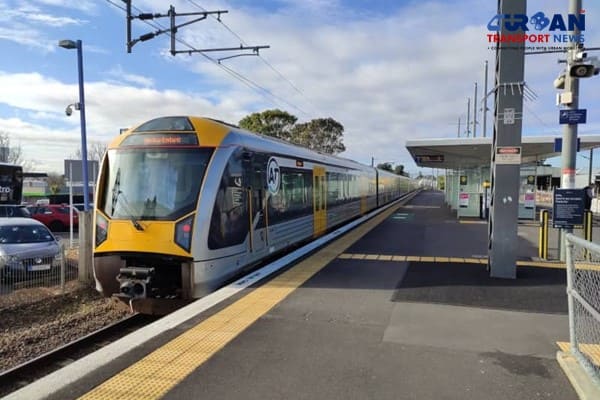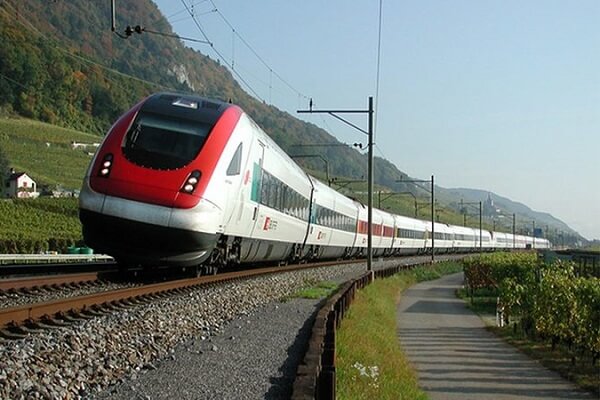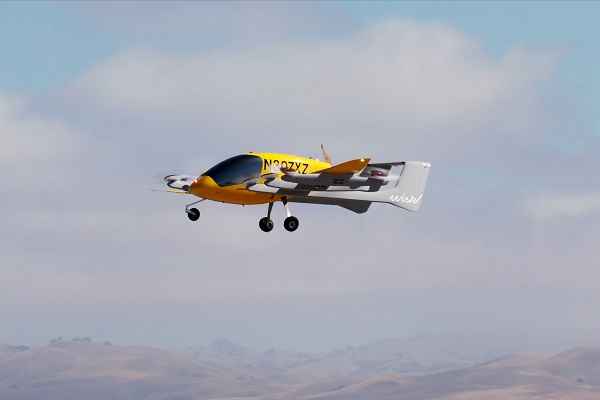 IndiGo to launch Urban Electric Air Taxis between Delhi to Gurugram
IndiGo to launch Urban Electric Air Taxis between Delhi to Gurugram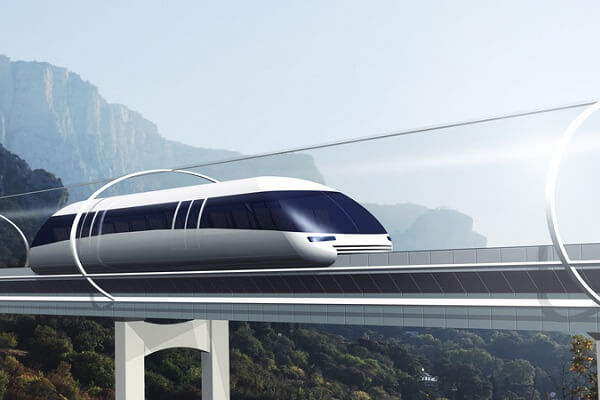 Swisspod secures Strategic Investment to advance the Hyperloop Transportation
Swisspod secures Strategic Investment to advance the Hyperloop Transportation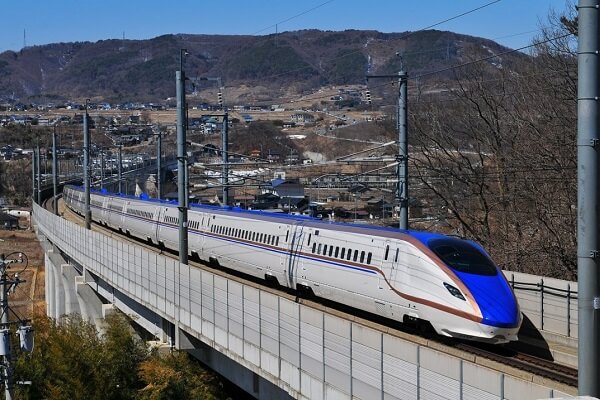 Siemens Mobility revolutionizes Copenhagen's S-bane Network with Driverless Technology
Siemens Mobility revolutionizes Copenhagen's S-bane Network with Driverless Technology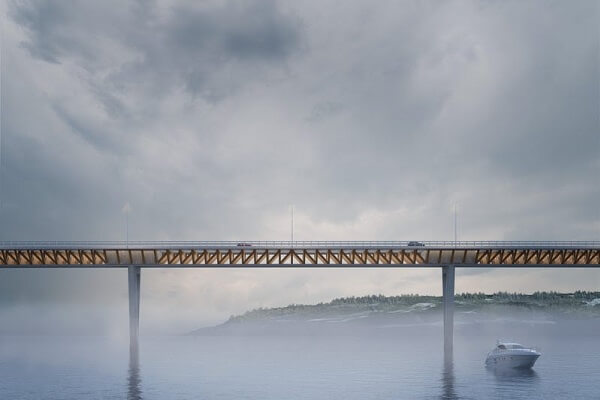 Unlocking prosperity between India and Myanmar: The Kaladan Multi-Modal Transit Project
Unlocking prosperity between India and Myanmar: The Kaladan Multi-Modal Transit Project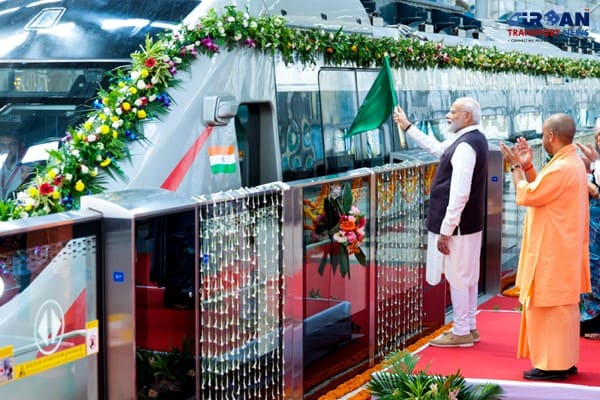 Is the RRTS Truly Accessible to the Common Man or Only the Privileged?
Is the RRTS Truly Accessible to the Common Man or Only the Privileged?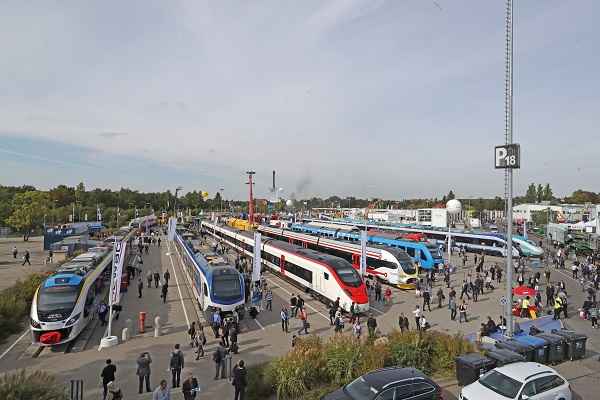 Alstom sold its Rail Signalling Technology Business to Knorr-Bremse for €630 million
Alstom sold its Rail Signalling Technology Business to Knorr-Bremse for €630 million Vensa Infrastructure wins ₹412.58 crore civil contract for Hisar Airport
Vensa Infrastructure wins ₹412.58 crore civil contract for Hisar Airport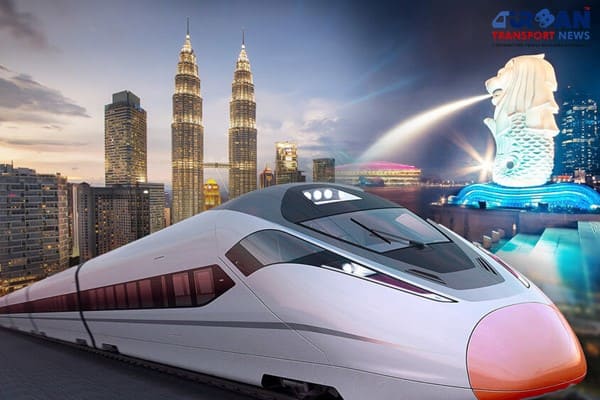 Kuala Lumpur-Singapore high-speed rail project cost could be slashed to RM70 Billion
Kuala Lumpur-Singapore high-speed rail project cost could be slashed to RM70 Billion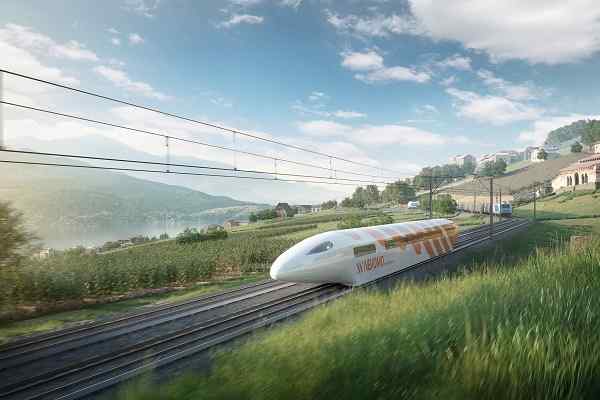 Nevomo's MagRail Technology Selected for Hyperloop Freight Demonstrator
Nevomo's MagRail Technology Selected for Hyperloop Freight Demonstrator Russia signs deal to procure bullet trains for Moscow - St. Petersburg high-speed line
Russia signs deal to procure bullet trains for Moscow - St. Petersburg high-speed line
Interview with Milind Nirmal, Executive Director, Region-APAC, DB Engineering & Consulting
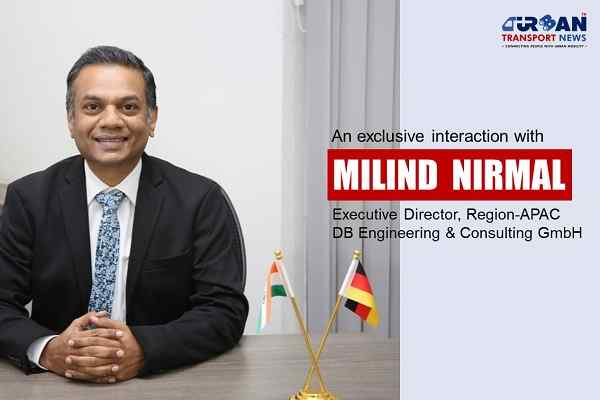
Milind Nirmal is an engineering and planning professional with over 25 years of experience in engineering consulting. Presently, he is in a leading role at German firm DB Engineering and Consulting GmbH as Executive Director, Asia Pacific.
He has built successful businesses focusing on incoming orders, team building, sustainability, Profit and Loss, compliance and ethical business principles. His recent experience primarily spans the Railway Industry covering urban rail, heavy rail and high-speed rail. Also responsible for setting up a successful offshore engineering unit.
In a recent interaction with Urban Transport News, he shares insightful information on DB Engineering & Consulting's journey and presence in the Asia Pacific Region.
At the outset, please accept our heartiest congratulations on your elevation as Executive Director, Asia Pacific Region at DB Engineering & Consulting. How long have you been in the engineering and infrastructure industry?
Thank you for your wishes. My career in this industry spans 28 years, with the last 14 years almost exclusively in the railway engineering business.
Please brief our readers about the role and presence of DB Engineering & Consulting in the Asia Pacific region. What the future of Asia Pacific holds for DB Engineering & Consulting?
DB Engineering & Consulting (DB E&C) is a subsidiary of Deutsche Bahn (DB) and has already been well established within APAC for several decades. We have been at the forefront of flagship projects such as the Taiwan High-Speed Rail, the China HSR PDL’s, heavy haul mining freight in Mongolia besides other key projects in Singapore, Thailand, Korea and Australia. We have over 400 staff and experts in these locations covering civil engineering, structural engineering, railway systems, track and rolling stock.
DB E&C’s Regional headquarters for APAC is located in Bangalore, and we have country offices in Australia, China, India and Singapore and project offices in multiple locations. DB Engineering & Consulting's priorities in the APAC market are to bring the expertise of Deutsche Bahn to meet customers' requirements. We have different strategies for different markets along the value chain. The focus is quality and excellence in our delivery and we offer services from feasibility to engineering, project management, supervision and testing and commissioning. DB E&C has a large portfolio as well of products in Consulting, digitalization and predictive maintenance. From a global perspective, APAC will see the largest investments in rail infrastructure in the next decades and therefore we see that this will possibly be one of the biggest international markets for DB E&C.
How does DB help policymakers in the planning of major infrastructure projects?
The beginnings of the railway in Germany date back to 1835. Deutsche Bahn and its predecessors being the national railways of Germany have been in existence in various forms since then. In 1994, the present Deutsche Bahn AG (DB Group) was founded to start a new age in railway history in Germany, with two state-run railways now combined into one privately-run company. Since then, DB has scripted a story of huge success. So DB E&C is able to apply the experience of almost 190 years to enable policymakers around the world to transform their railways through the planning of new networks, modernisation of existing networks, technology and innovation interventions, restructuring and reorganization as well as increase efficiency, reduce costs and build revenue.
How many projects is the company currently executing in the Asia Pacific Region?
DB E&C has a long history of working in APAC, starting from 1966. In fact, the very first international project of DB E&C was in 1966 in Vietnam where we carried out Advisory services for the standardisation of buses and planning a workshop for Urban transport for Saigon City.
We have complete over 400 projects spanning China, Vietnam, Cambodia and Myanmar. DB E&C has also worked in Taiwan, Malaysia, Thailand, South Korea. Closer to the Indian subcontinent we have successfully completed major projects in Bangladesh, Pakistan, and Sri Lanka, India.
DB E&C currently has its presence in South East Asia, China, Australia and India and we have multiple ongoing projects. It would be difficult to list them all, but some of our major projects include the Dedicated Freight Corridor in India, several metros and high-speed rail. In Australia for example we are working on Melbourne Metro and Canberra Light Rail. In China, our major project currently is the Lanzhou metro where we are implementation monitoring consultants. DB E&C was also instrumental in the first high-speed PDLC for China as well as South Korea.
What are the major hurdles you see in India when it comes to infrastructure projects compared to other global countries? What are the lessons to be learned?
India is a unique market with huge opportunities, along with accompanying challenges. India is a nation that is keen and hungry for development and is rightly investing huge amounts into infrastructure development, especially in transportation. The infrastructure industry has done several studies on this topic and of course issues such as land acquisition, utilities, finances, delayed payments are at the top of the list and well documented, so I will not focus on these issues. From my viewpoint, there are several areas where we lag behind developed nations and I am talking with a long-term view.
Across the lifecycle of a project, India does not invest enough in proper detailed planning and definitely not enough time in project preparation. Project reports are superficial and timelines are unrealistic and are compounded by land handover issues, so the project participants all start out already at a disadvantage.
The tendering processes though now digitalized, are still archaic in their construction. This leads usually to getting either the project partners at low prices but short on experience and quality, rather than the best fit and quality for delivery at the right price.
Unfair risk allocations in a price-sensitive market can lead to severe delays and failures of the partners at the very least, and huge inflation costs for projects at the worst. This leads to higher overall prices at the poorer quality and avoidable delays. Clients do not look at lifecycle costs, but more at capital costs, and how to reduce these best and this is a big mistake.
The current tender processes often result in getting the wrong delivery teams on board, whether they are consultants or contractors. To complicate matters, in the railway industry, there is a huge shortage of suitably skilled and experienced manpower. This leads to a cycle of lower prices and higher manpower costs. These two parameters cannot mutually coexist.
The good news is that many of these hurdles can be easily fixed by simple changes. More thought out, targeted tenders, investment or incentives for hiring fresh graduates to build up manpower shortage are all easily achievable if the industry works together.
I do not believe that “Make in India” – which is a popular slogan now - is the key. We need a paradigm shift to where we can say that this project is “Made in India” and this tag should be synonymous with high-quality projects. We are building infrastructure for the next 100 years and the quality and durability should not be sacrificed at the altar of cost. S-Bahn Berlin was inaugurated in 1924 and now is the backbone of urban transport and is continuously expanding and upgrading.
What is your take on the land acquisition issue in India? What part has it played in preventing private investment in the urban mobility industry?
There is no doubt that land acquisition is a critical part of the development of infrastructure and especially long-distance transportation where the amount of land to be acquired is huge. This is probably the largest single cause of project delays, as handing over project sites to the contractor is the sole responsibility of the government.
The processes do require time but could be made much more efficient through fair systems for the purchase of land at prices that are correctly indexed. Digitization of land records and a central repository of this information could help. With proper data, infrastructure could also be designed to minimise land acquisition.
Currently, this is a very labour intensive task.
The private sector is willing to invest - if the risk/reward ratio is acceptable. No developer or investor wants to go into a project with the intention of delaying the completion, or with the possibility of losing money.
In urban mobility, the risks associated with the land acquisition are much higher due to higher values, mismatch in market value and government guidance values and the possibility of delays due to legal challenges to property acquisition. This is definitely a risk that is with the government, and the government should ideally complete all the acquisitions before the start of the project. This would allow for the client to hand over unencumbered sites to the developer without the risk of delays to the project related to the acquisition.
How do you view the Indian government’s ambition to create metros, RRTS and high-speed rail networks in the country?
I have been following the RRTS project since it was already a concept in 2012 with the NCR planning board. The project brochure at that time indicated a concept similar to the S-Bahn network of Berlin, which gave me a sense of pride as this is operated by DB. The project in its current concept is closer to the DB Regio concept (DB's regional trains) as it goes a long distance into the neighboring regions at speeds comparable to DB offerings on the German network.
The RRTS is an absolute game-changer for urban and regional development in India. It will create fast transportation networks, decongest cities, create jobs and industry in tier II and tier III cities This model needs to be replicated in other major cities in India. Rural-Urban migration could be reversed with an RRTS system, especially when coupled with other infrastructure development initiatives. The RRTS will also contribute to reducing emissions in the fight against climate change.
A high-speed rail network is necessary. Following the brilliant success of DB in Germany, India should simultaneously look at existing network improvements to enable higher speeds. This can be done concurrently with the development of the High-Speed Network. The German network is similar to India in the sense that there is mixed traffic and the network is polycentric, connecting large tier I, tier II and smaller cities. There are many synergies that can help India become a member not just of the “High Speed” club, but of the club of countries that use rail as their main means of regional transport.
As far as metros go, I take the example of Berlin, where the public transport network is designed so well that you do not need a car to move around the city. Trams, LRT, metros, buses and regional trains work seamlessly together. Transit times are minimum and the end-to-end trip durations are almost perfectly planned.
India’s major cities and minor cities should move away from the current “metro” approach to an integrated public urban transport approach for the convenience of commuters. We need to not just plan and implement a metro, but plan and implement a citywide integrated transport plan, of which a metro / LRT / tram or bus would play a part.
What is your assessment of the opportunities and challenges in the Asia Pacific Market for DB Engineering & Consulting?
The majority of investment in rail globally is in the Asia Pacific and this trend will continue in the coming decades. Therefore as DB E&C we see APAC growing to be one of our biggest international markets in the future. The products that DB E&C sees that would be in demand in APAC are clearly dependent on the market, the level of technology deployment and the budgets of clients.
Traditional engineering and design are on the decline. In the future, there will be a higher reliance on automation, design automation and AI. We see big opportunities in the O&M market, digital operations of railways, predictive maintenance and asset management. These products will be significant for railway owners in the future as they look at more efficient and economic operations and keeping lifecycle costs in mind.
We do not see any significant challenges to DB E&C in APAC. We differentiate ourselves from our competitors through the DNA of Deutsche Bahn which is synonymous with excellence and German planning and engineering. We offer services and products across the entire lifecycle of rail projects from planning, engineering and management consulting, operations, management to obsolescence management and de-commissioning of railways. We bring the full strength of the DB Group to our clients. As DB E&C believes in working locally, we are able to meet local requirements of language, culture, work ethic through our local employees, but backed by the quality, systems, processes and management of Deutsche Bahn.
Anything else you want to share with our readers.
Paraphrasing Victor Hugo and our former PM, India is a nation whose time has come. As Indians, we should inculcate a sense of pride in being able to do jobs better, to be good citizens, pay our taxes on time and treat the public property with respect. We can realize the dream of modern rail transportation by working together, for each other and keeping in mind basic principles of ethics, transparency, commitment and community.





